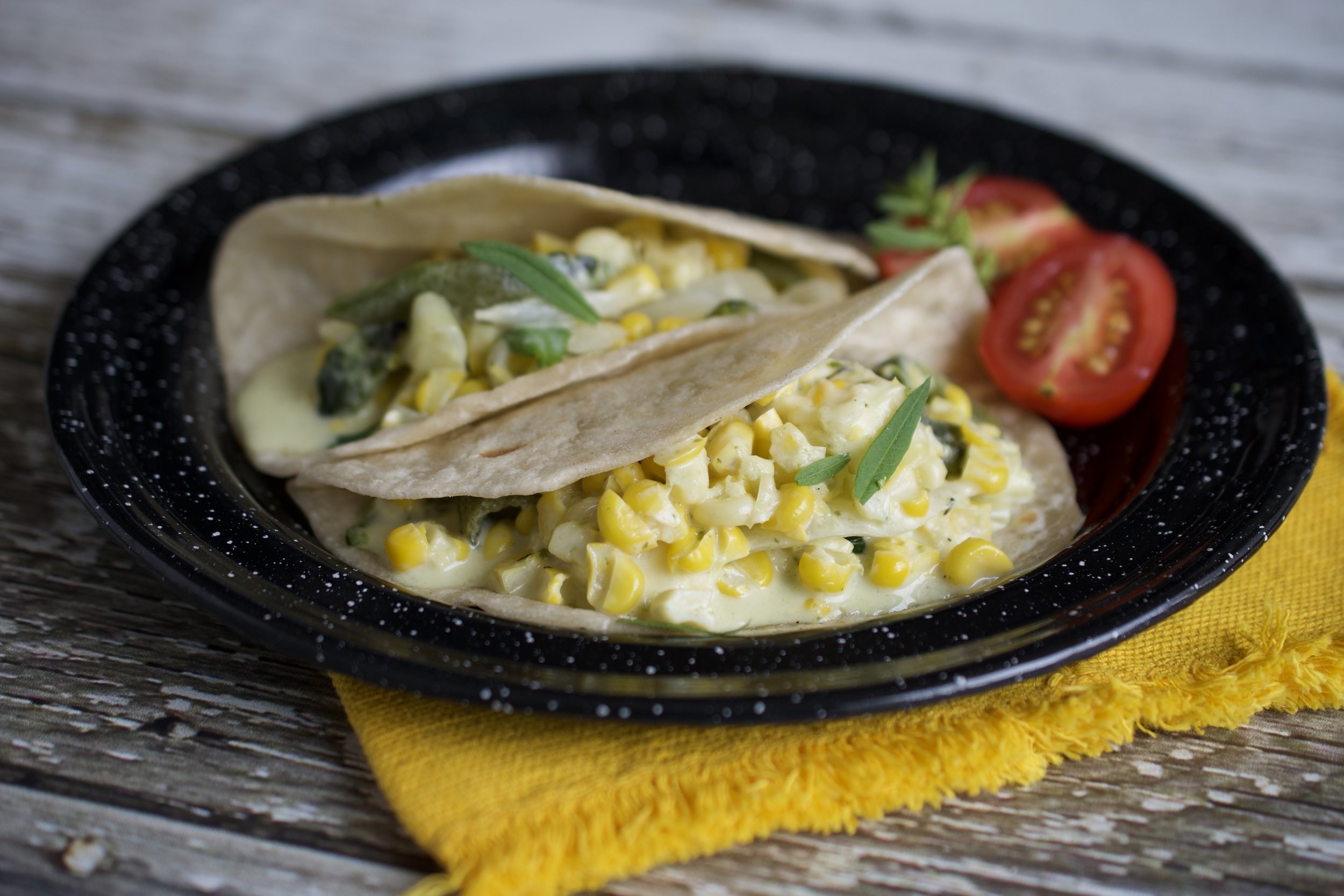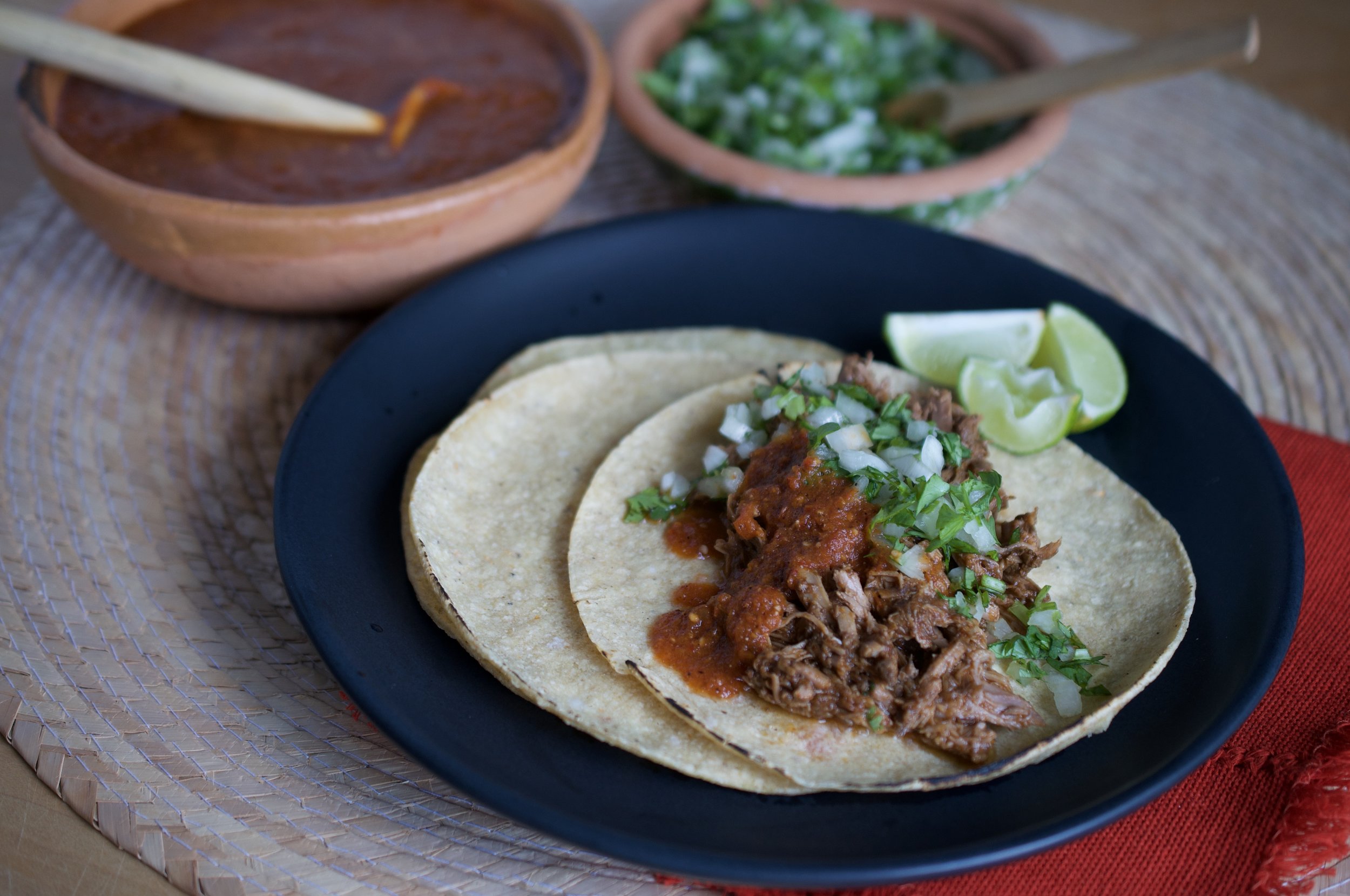When people ask me what is the most common lunch in Mexico, I always say Picadillo de Res. What could be easier than using ground beef, tomato salsa, carrots and potatoes? This dish is homey, comforting, filling and delicious. And, it makes the best tacos the next day. Trust me, you want some Picadillo in your weekly rotation.
If you’re anything like me, then it doesn’t matter if you forgot to defrost the beef. The beauty of this dish is you can start with frozen meat and it still works out great. Brown the meat, then make a salsa with tomatoes, onion, garlic and cumin and add it to the cooked meat. Add some diced potatoes and carrots, throw in some frozen peas if you want and let it simmer gently until the vegetables are cooked. All you need for a great meal is some rice, refried beans and tortillas. Excellent everyday fare.
PICADILLO DE RES
Ground Beef Hash
2 Roma tomatoes, chopped
1 medium onion, chopped
2 garlic cloves, peeled
½-1 tsp ground cumin
Salt and pepper to taste
1 Tbsp grapeseed oil
450 g lean ground beef or pork, or a combination of both
1 small carrot, peeled and diced
1 medium cooking potato, diced
1 cup frozen peas (optional)
Place tomatoes, onions, garlic, cumin, salt and pepper in blender and process until completely smooth. Reserve.
Heat oil in sauté pan and cook meat until it’s not longer pink. Add tomato sauce. Cook for 5 minutes and add the carrots and potatoes and bring to a simmer. Cover and cook until potatoes and carrots are tender and most of the liquid has evaporated. Add peas and cook another 5 minutes. Adjust seasonings.
Serves 4-6.





















